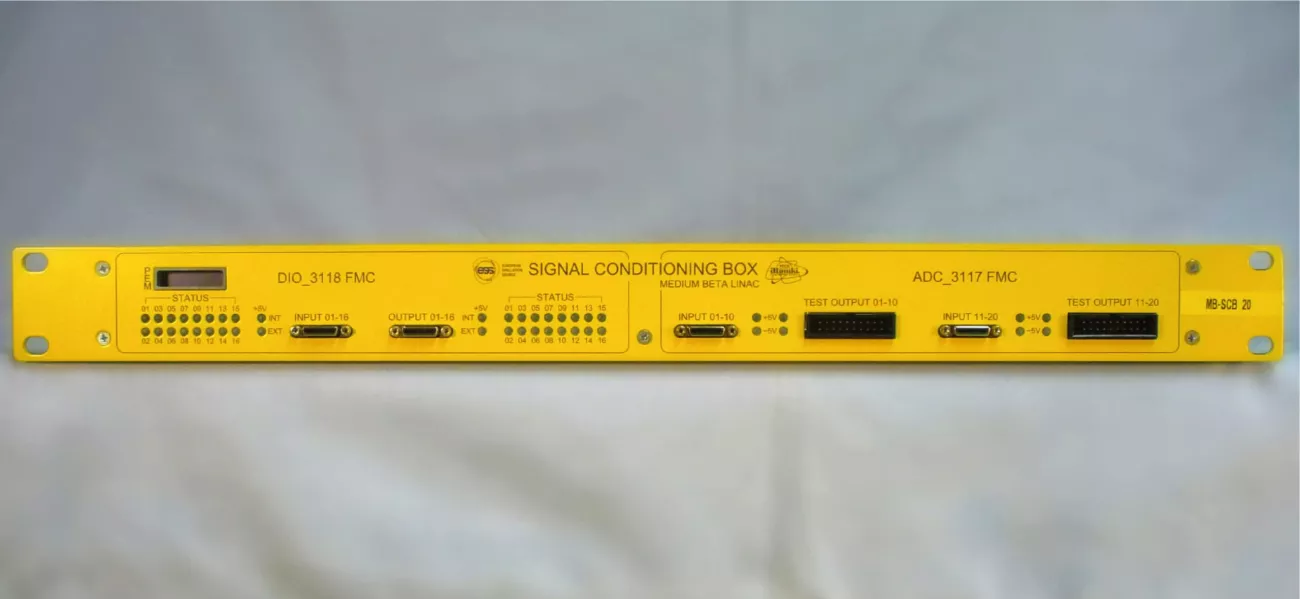The ELKH Institute for Nuclear Research (ATOMKI) in Debrecen designs and builds instruments for the ESS (European Spallation Source) protection system of the particle accelerator installed in Lund, Sweden. The purpose of the protection system is to shut down or eliminate the relevant components in the event of a fault in the complex acceleration system in order to prevent accidents and serious material damage. The units are currently being tested, after which first a trial run will be initiated before the start of full capacity operations.
As Hungary's best-equipped nuclear physics research institute with accelerator technology, ATOMKI has decades of experience in accelerator technology and nuclear electronics. With this experience in mind and under the professional leadership of Technical Director Dr. József Molnár, the institution undertook the development of electronic units for the protection of accelerator modules at the request of ESS.
Hungary is a founding member of the European Spallation Source ERIC (European Research Infrastructure Consortium) partnership, which aims to build and operate a large facility where basic and applied research tasks can be performed through the use of neutrons. One of the host countries for the ESS particle accelerator infrastructure is Sweden, where the research institute itself is located and the equipment is located. The other is Denmark, where the data management and software center is situated.
The large-scale equipment at ESS is planned to be about 100 times brighter than the neutron sources in operation today, meaning it will provide 100 times more intense neutron beams. In its future operation, it will be able to provide answers to exciting, otherwise unanswered questions in materials science, magnetic and electrical phenomena, mechanical materials, earth sciences, archeology, cultural heritage conservation, life sciences, and particle physics. The neutrons produced can be used for non-destructive measurements, giving researchers a better insight into the atomic structure and behavior of matter. A deeper understanding of material structures will allow the production of materials that are easier, stronger, cheaper and more sustainable. With the help of neutrons, we will be able to learn more about DNA, proteins, and biological materials at the molecular and atomic levels. This will lead to a better understanding of the aging process, the course of diseases and, ultimately, the development of more effective medicines.
Further information is available on the ATOMKI website.
